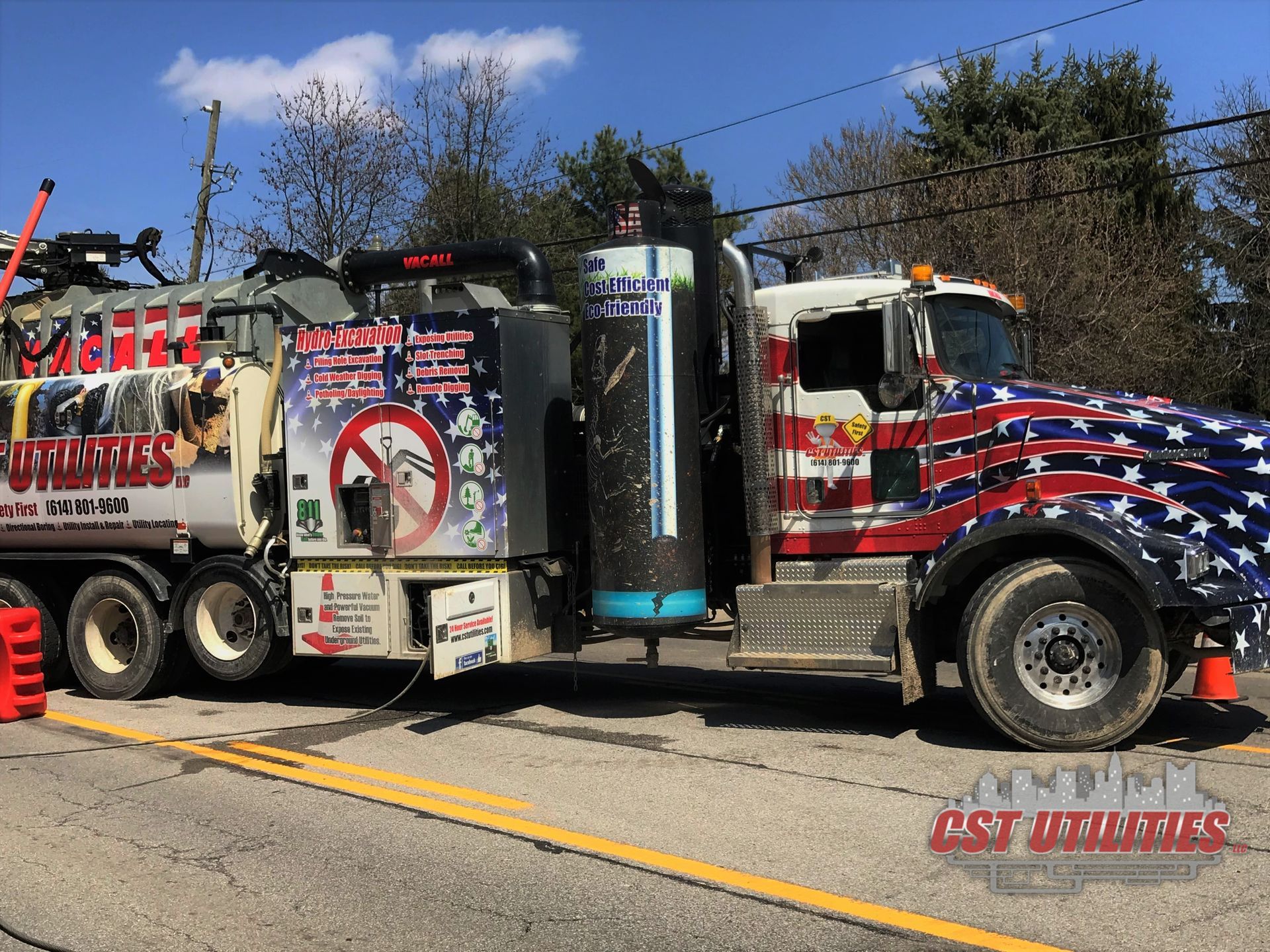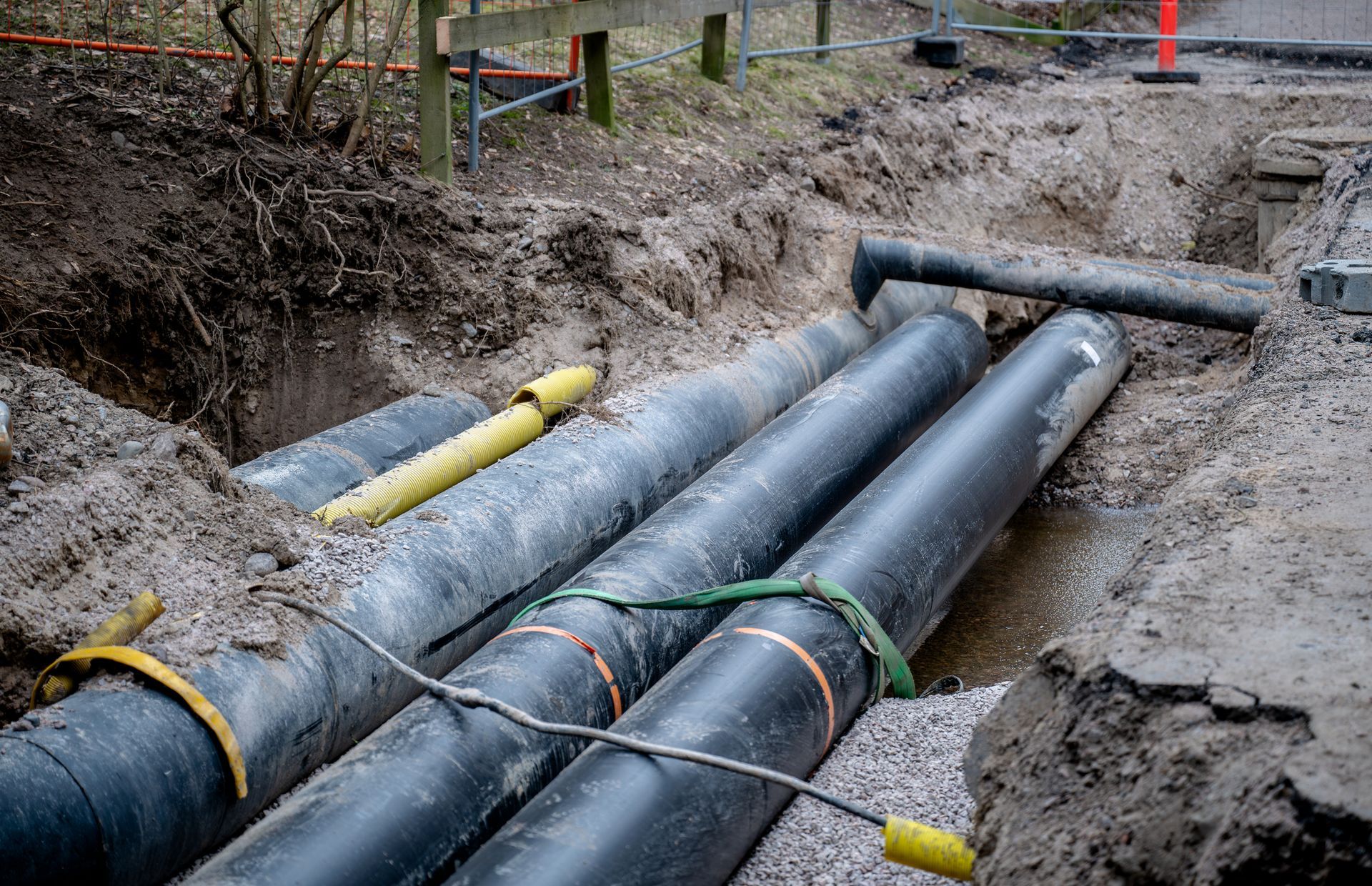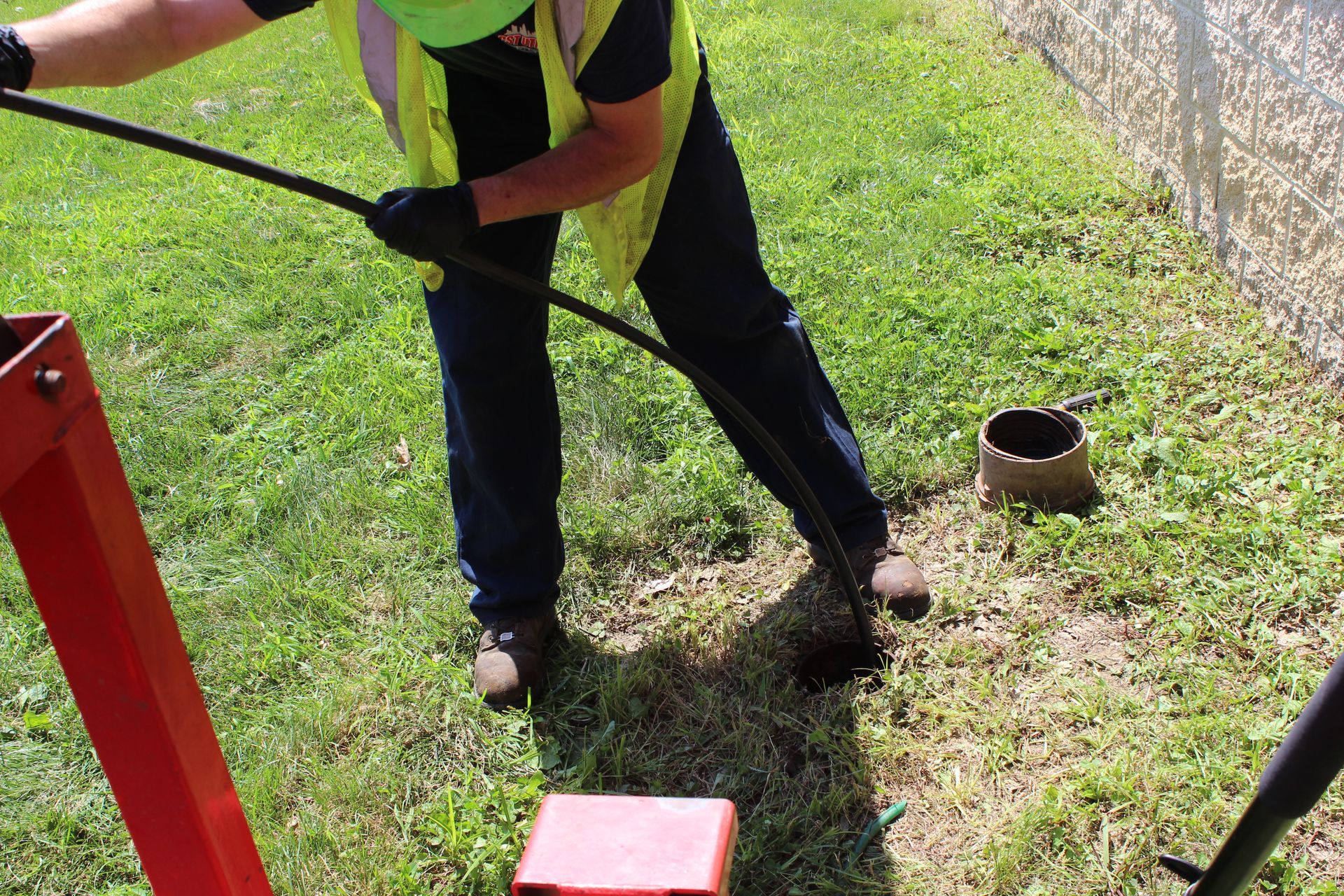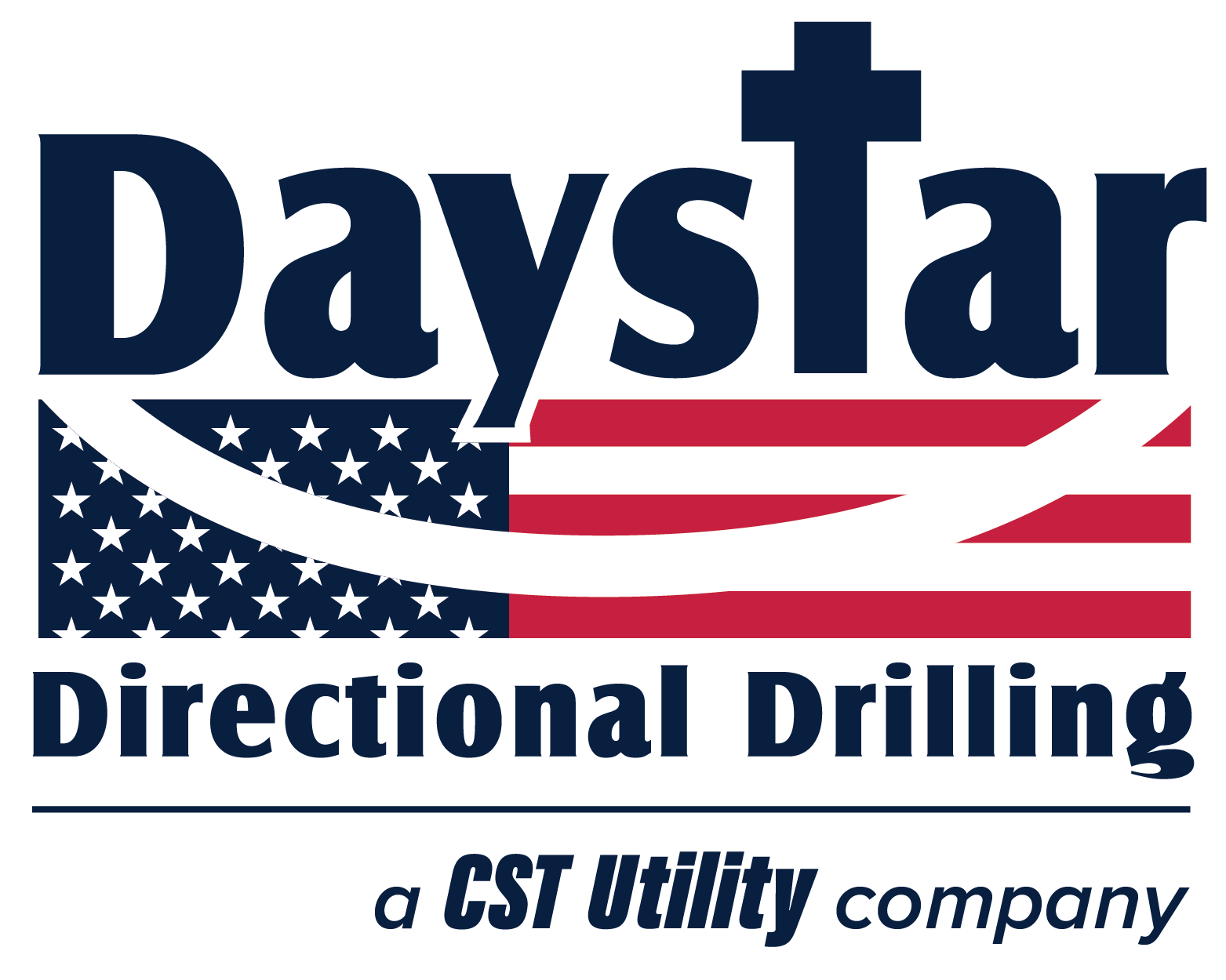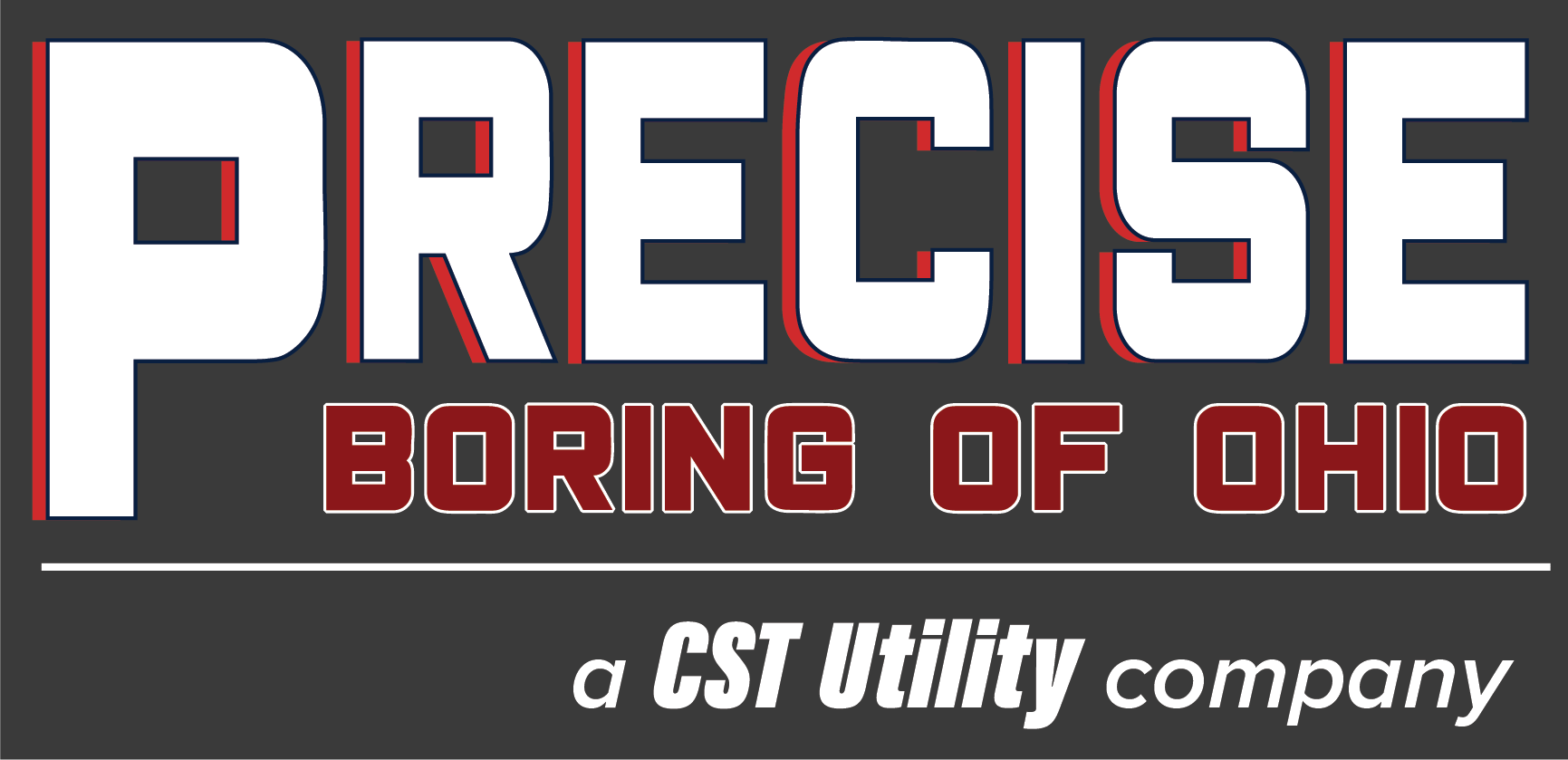Understanding EPA Mandates to Reduce Septic Sewer Systems
The Environmental Protection Agency (EPA) has been implementing stricter regulations aimed at reducing the number of septic sewer systems across the country. These mandates are designed to protect water quality, reduce pollution, and ensure safer wastewater management. Businesses and homeowners alike need to understand the reasons behind these regulations and what steps they can take to comply.
Why Is the EPA Pushing for Septic System Reduction?
Septic systems, while commonly used in rural and suburban areas, pose significant environmental risks when improperly maintained. Over time, failing systems can leach harmful contaminants, such as nitrogen and phosphorus, into groundwater and nearby water bodies, contributing to water pollution and harmful algal blooms. The EPA has identified aging and failing septic systems as a key contributor to these issues, prompting stronger efforts to phase them out in favor of more centralized wastewater treatment solutions.
Key EPA Regulations and Initiatives
The EPA has introduced several initiatives and regulations to encourage the transition from septic to sewer systems:
- Clean Water Act (CWA) Compliance: Municipalities must ensure wastewater treatment meets CWA standards, which can be difficult with high concentrations of septic systems.
- State-Level Incentives and Grants: Many states, in cooperation with the EPA, offer grants and financial assistance to homeowners and businesses to transition from septic to sewer connections.
- Nitrogen Reduction Strategies: In coastal and environmentally sensitive areas, septic systems are being targeted due to their role in nitrogen pollution.
- Local Ordinances and Phase-Out Programs: Many jurisdictions have implemented mandatory septic-to-sewer conversion programs, especially in high-risk areas.
Impact on Businesses and Homeowners
For businesses and property owners relying on septic systems, these regulations mean potential costs associated with upgrading or converting to a sewer system. However, there are several benefits to making the switch:
- Improved Water Quality: Reducing septic system failures helps protect local water sources.
- Lower Long-Term Costs: While conversion can be expensive upfront, it eliminates the ongoing maintenance and potential failure costs of aging septic systems.
- Increased Property Value: Properties connected to modern sewer systems are often more attractive to buyers.
- Regulatory Compliance: Avoiding fines and penalties for non-compliance with EPA and local mandates.
What Steps Should You Take?
If you own property with a septic system, consider the following steps
- Check Local Regulations: Stay informed about state and municipal laws regarding septic-to-sewer conversions.
- Assess Your System’s Condition: Conduct regular inspections to determine if your septic system is nearing failure.
- Explore Financial Assistance: Look into grants, tax credits, or low-interest loans available for septic-to-sewer transitions.
- Plan for Future Upgrades: If conversion isn’t immediately required, start planning for a transition to avoid sudden expenses.
Conclusion
EPA mandates aimed at eliminating septic sewer systems are a crucial step toward improving environmental sustainability and protecting water quality. While the transition may pose challenges for property owners, it also presents long-term benefits in terms of efficiency, cost savings, and regulatory compliance. Staying informed and proactive can help make this transition as smooth as possible for businesses and homeowners alike. Call CST Utilities today for all of your septic system needs, including conversion.
